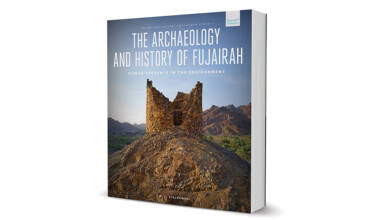Spices and herbs are an essential part of the Middle Eastern cuisine. The food is tasty and fragrant because of the various exotic spices and herbs used to make the food.
1. Zaatar
Mix made from wild thyme, sumac and sesame seeds
Most commonly eaten as a paste with olive oil & flatbread
Sprinkled on salads
Or as a seasoning for chicken

2. Sumac
Sumac flowers are picked out and the drupes are ground into a reddish-purple powder
Added to fattoush , giving it a lemony taste
Used as a garnish on hummus

3. Cumin
Cumin is a spice made from the dried seed of a plant known as Cuminum cyminum, which is a member of the parsley family. Cumin is one of the most popular spices and is commonly used in Latin American, Middle Eastern, North African, and Indian cuisines, among many others. It is available both as whole seeds as well as in ground form.
A favorite in the Middle East. Oftentimes it is added to:
Falafel
Ful Medames
Lentil soup

4. Cardamom
Cardamom is used to spice both sweet and savory dishes. It is widely employed in Indian, Middle Eastern, Arabic, and Swedish cuisine. It comes in two types and is used as whole pods, seeds, or ground. Cardamom is found in the garam masala spice mixture that seasons meat and vegetable dishes, and in hot beverages such as masala chai.
Used in chicken mandy in Saudi Arabia
Blended with Arabic coffee
In the UAE and Qatar, used to make Chai Karak

5. Nutmeg
Has a warm, spicy aroma and flavor used in both sweet and savory cooking

6. Turmeric
Commonly added to rice dishes for both its yellow color and for its taste.
Seen in dishes like rice and fish

7. Caraway
You’ve no doubt seen these lying in the kitchen

Last but not least…
8. Cinnamon
Native to Ceylon (Sri Lanka), true cinnamon, Cinnamomum zeylanicum, dates back in Chinese writings to 2800 B.C. and is still known as kwai in the Cantonese language today. Its botanical name derives from the Hebraic and Arabic term amomon, meaning fragrant spice plant.
Ancient Egyptians used cinnamon in their embalming process. From their word for cannon, Italians called it canella, meaning “little tube,” which aptly describes cinnamon sticks.
In the first century A.D., Pliny the Elder wrote off 350 grams of cinnamon as being equal in value to over five kilograms of silver, about fifteen times the value of silver per weight.





